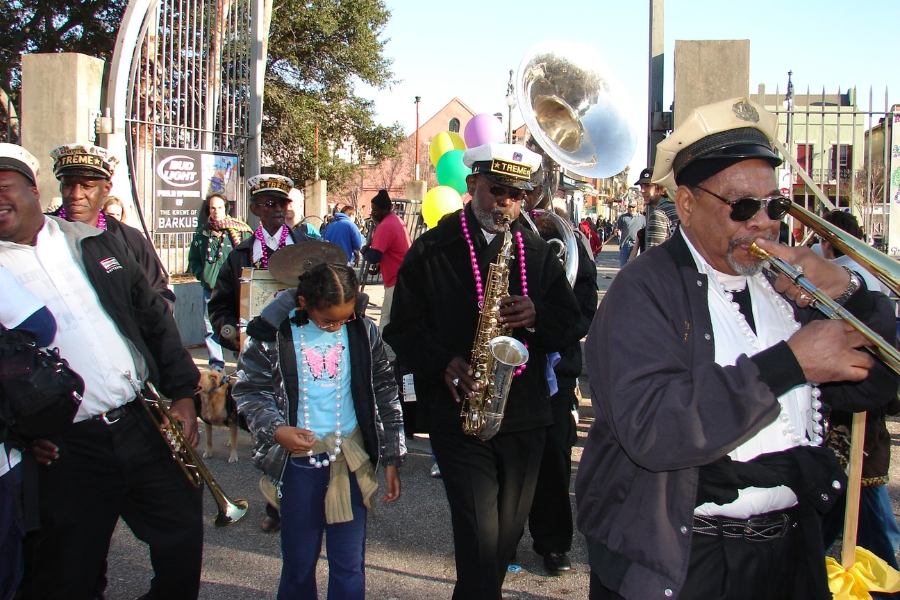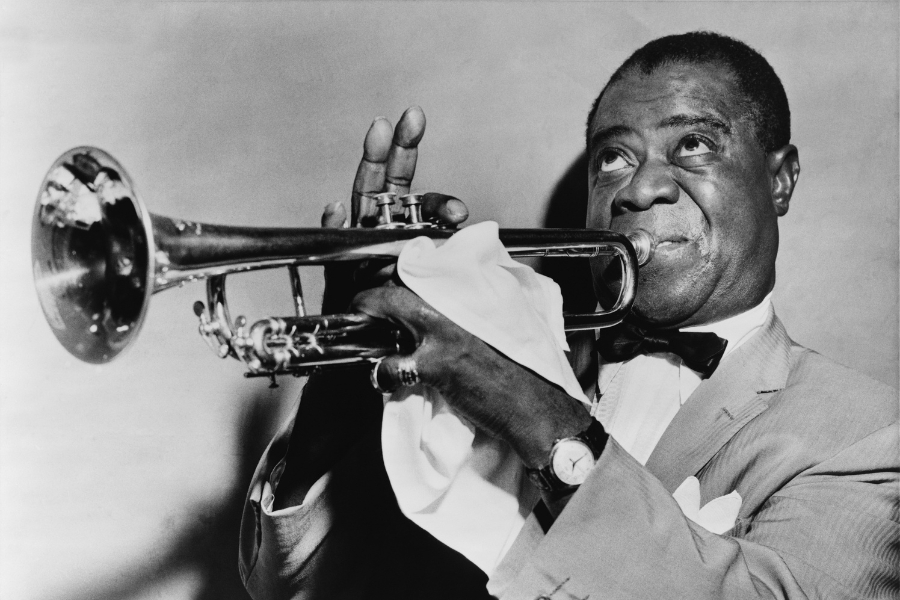New Orleans, affectionately known as the Big Easy, is a melting pot of culture, history, and music. Among its most significant contributions to the world is Jazz, a genre that has shaped the city’s identity and influenced global music.
This article delves into the profound connection between New Orleans and Jazz, exploring the historical context, the iconic musicians like Louis Armstrong who have contributed to its legacy, and the lasting impact on the city’s culture and beyond.
The Historical Significance of New Orleans to Jazz
Jazz, as we know it today, is deeply rooted in the rich cultural tapestry of New Orleans. The city’s unique history, marked by its diverse population of African, Caribbean, French, and Spanish influences, created a fertile ground for the development of this music genre.
In the late 19th and early 20th centuries, these cultural currents merged, giving birth to Jazz, a genre that initially grew from ragtime and blues, evolving through the performances in the city’s bars, brothels, and dance halls.
New Orleans provided the perfect backdrop for this fusion of styles, with its vibrant nightlife and celebration of music and dance, making it the undisputed birthplace of Jazz.

The Role of Congo Square: A Cultural Melting Pot
Congo Square, located in the Tremé neighborhood of New Orleans, holds a pivotal place in the history of Jazz. In the 18th and 19th centuries, it was one of the few places in the United States where enslaved Africans were allowed to gather, share their music, dance, and sell goods.
This cultural exchange became a cornerstone in the development of Jazz, as African rhythms blended with European musical structures, contributing to the genre’s rich, syncopated rhythms and improvisational style. The legacy of Congo Square as a cradle of African American music underscores the city’s integral role in the evolution of Jazz.
Louis Armstrong’s Influence: A Jazz Icon
Louis Armstrong, often referred to as “Satchmo” or “Pops,” is synonymous with Jazz and New Orleans. Born in the city in 1901, Armstrong’s groundbreaking work as a trumpeter, composer, and vocalist elevated Jazz from a local novelty to a worldwide phenomenon. His innovative approach to music, characterized by his virtuosic skill and emotional depth, set new standards for Jazz performance and recording.
Armstrong’s legacy is not just in his music but in his ability to bring the sound of New Orleans to the global stage, making him a towering figure in the genre’s history.

The Jazz Age in New Orleans: The Roaring Twenties
The 1920s, often called the Jazz Age, was a period of significant growth and popularity for Jazz music, and New Orleans was at its heart. This era saw the rise of speakeasies and jazz clubs throughout the city, where musicians would gather to play.
The sound that emanated from these venues was a fusion of traditional New Orleans music with new styles that were emerging nationwide, reflecting the dynamic and evolving nature of Jazz. The Jazz Age solidified New Orleans’ status as a music hub, attracting musicians and fans alike to the city’s thriving scene.
Preservation Hall and the Revival of New Orleans Jazz: Keeping Tradition Alive
Preservation Hall, established in 1961 in the French Quarter of New Orleans, plays a crucial role in the ongoing celebration and preservation of traditional New Orleans Jazz. Created as a venue dedicated to keeping the heritage of Jazz alive, it has become a pilgrimage site for both musicians and fans. The hall’s intimate setting and focus on acoustic performances harken back to the early days of Jazz, offering a direct link to the genre’s roots.
Through its commitment to tradition, Preservation Hall ensures that the spirit and soul of New Orleans Jazz continue to thrive for future generations.
The Impact of Mardi Gras: A Festive Canvas for Jazz
Mardi Gras, the iconic festival known for its extravagant parades and masquerade balls, also serves as a vibrant showcase for Jazz music. The celebration’s lively atmosphere is a perfect match for Jazz’s energetic and improvisational nature.
Bands and musicians, ranging from brass bands to solo performers, become an integral part of the festivities, parading through the streets of New Orleans. This annual event highlights the inseparable bond between the city’s culture and its music, with Jazz providing the soundtrack to the city’s most famous celebration.
Jazz Festivals and Their Role in NOLA’s Culture: Celebrating Jazz Heritage
The New Orleans Jazz & Heritage Festival, commonly known as Jazz Fest, is an annual celebration that encapsulates the city’s profound love for music. Established in 1970, the festival has grown into a global attraction, drawing artists and attendees from around the world. It showcases the diversity of Jazz along with other genres that have flourished in Louisiana’s fertile musical landscape, such as blues, R&B, and zydeco.
Jazz Fest not only celebrates the city’s musical heritage but also reinforces its ongoing influence on the development of music worldwide.
The Educational Impact of Jazz in New Orleans: Nurturing Future Generations
New Orleans places a strong emphasis on education in Jazz, recognizing its importance in preserving the genre’s legacy. Institutions like the New Orleans Center for Creative Arts (NOCCA) and various university programs offer specialized training in Jazz performance and history.
These educational efforts ensure that the knowledge and skills associated with Jazz are passed down to future generations, keeping the genre vibrant and evolving. By investing in the education of young musicians, New Orleans continues to foster a nurturing environment for the growth of Jazz.
The Connection Between Jazz and Sports in New Orleans: “When the Saints Go Marching In”
“When the Saints Go Marching In” is without a doubt an anthem of New Orleans sports. Louisiana sportsbooks show their love for their teams, like the Saints, Pelicans, and LSU Tigers, by offering competitive odds and great promotions.
This song, deeply embedded in the city’s culture thanks to its Jazz roots, has become synonymous with local sports teams, illustrating the deep connection between the city’s music and its sporting life. The melody, often played by brass bands during games, embodies the spirit of New Orleans, uniting fans and musicians in a shared celebration of their city’s heritage.
Jazz in New Orleans Today: A Living Tradition
In contemporary New Orleans, Jazz remains a vital part of the city’s identity. Clubs, restaurants, and street performers continue to keep the music alive, each venue offering its unique take on the genre.
The city’s musicians, deeply rooted in the traditions of their predecessors, continue to innovate, ensuring that Jazz in New Orleans is a living, breathing entity. This enduring presence underscores the genre’s adaptability and its continued relevance in the musical landscape of New Orleans.
The enduring legacy of Jazz in New Orleans is a testament to the city’s role as a nurturer of musical innovation and a keeper of cultural tradition. Through its musicians, festivals, and educational initiatives, New Orleans continues to celebrate and evolve the rich heritage of Jazz, ensuring its place at the heart of the city’s identity for generations to come.
CLICK HERE TO DONATE TO OUR NONPROFIT COVERAGE OF ARTS AND CULTURE
